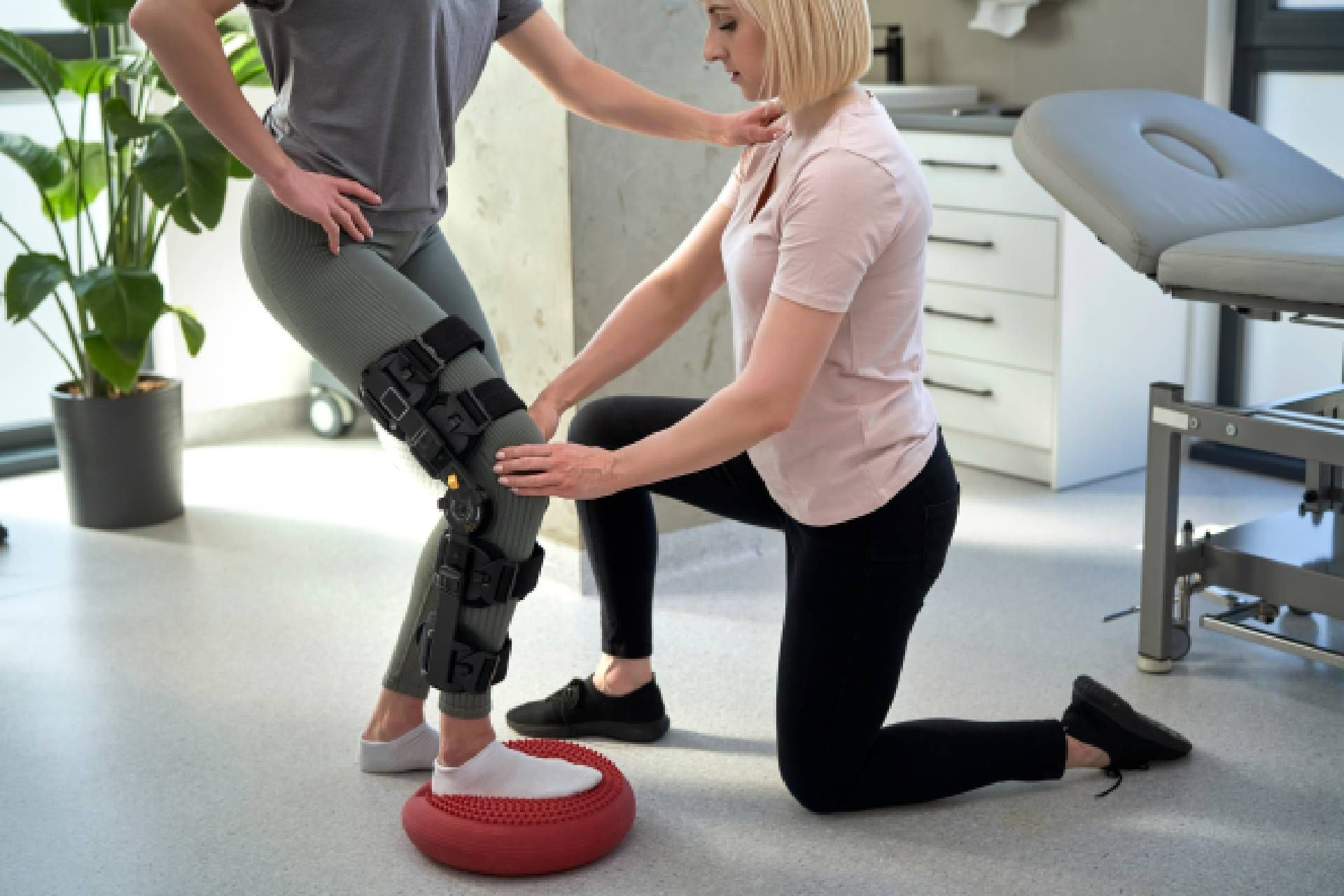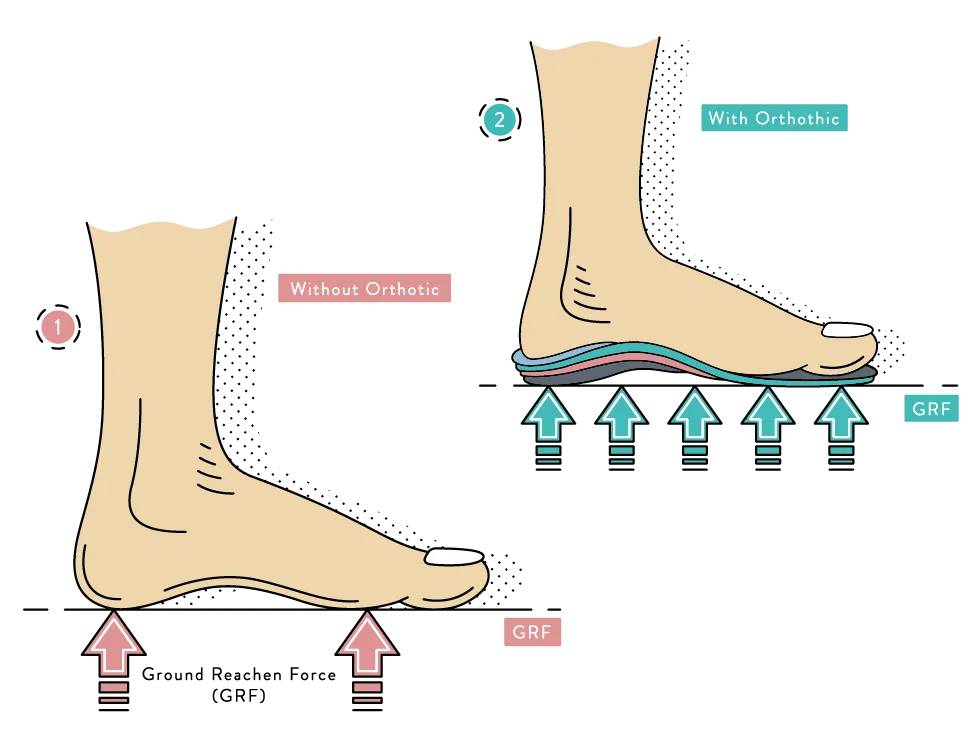DIY Ski Boot Stretching Techniques Lafayette CO
DIY Ski Boot Stretching Techniques Lafayette CO
Blog Article
Understanding Pressure Points in Ski Boots Northglenn CO
When it involves snowboarding or snowboarding, understanding boot compatibility with bindings is essential for guaranteeing a protected and pleasant experience on the slopes. Choosing the proper mixture of boots and bindings can instantly have an effect on performance, comfort, and even security. Both newbies and seasoned riders ought to pay close consideration to how varied components of their gear work together, as mismatched gear can result in discomfort, poor performance, and even harm.
Different types of ski and snowboard boots are designed for specific types of driving or snowboarding. For occasion, alpine ski boots differ considerably from those used in freestyle or backcountry setups. The compatibility between boots and bindings often hinges on the type of skiing or snowboarding a person plans to pursue. Therefore, understanding the nuances of every type could make a giant distinction.
The major side of boot compatibility with bindings revolves round the type of connection the boots have with the bindings. In the skiing realm, traditional alpine boots make the most of a four-buckle design that locks into standard alpine bindings. These bindings are tailor-made to grip and hold the boot securely, offering the mandatory assist during both uphill and downhill movements. This relationship is important for performance, as it allows for better control over the skis.
On the opposite hand, snowboarding boots range in design and flexibility. They may be categorized into soft and onerous boots. Soft boots are predominantly used for freestyle and all-mountain using, whereas exhausting boots are more common in alpine disciplines. The binding systems for snowboards are designed in a different way to match these boot styles. Some bindings are particularly crafted to accommodate delicate boots, permitting for higher movement and flexibility, whereas others are extra rigid, designed to hold hard boots securely.
Ski & Snowboard Boot Fitting Overview Wheat Ridge CO
Adjustability of bindings is one other issue that performs a big position in boot compatibility. Many trendy bindings offer adjustable features that can mold to various boot sizes and shapes. This versatility can prove helpful, particularly for these who have tried on multiple brands. Ski Boot Fit Tips for Comfort Firestone CO. Therefore, choosing a binding that provides a good fit can drastically enhance the using expertise
Understanding the DIN settings can be very important when discussing boot compatibility with bindings. DIN settings determine how a lot drive is required for a binding to launch in case of a fall or sudden movement. A mismatched boot and binding combination could result in the binding releasing too easily or by no means, which can put the rider in danger. It's necessary to seek out boot and binding pairs that align in their DIN settings for security and performance.
The sole design of the boot can also impact compatibility with bindings. Different producers might use various sole techniques, making it imperative to check whether or not a boot will fit right into a given binding without issue. Some bindings are designed exclusively for certain sole types, like GripWalk or WTR (Walk to Ride) soles, which provide specific benefits when walking or climbing on snow.
Boot Fit Assessment Techniques Northglenn CO
For those who are contemplating rental gear, it's worth noting that rental boots are sometimes designed with universal compatibility in mind. Many rental retailers carry several manufacturers and kinds of bindings, so they could provide a big selection of boots that can simply fit into current binding systems. However, it’s nonetheless crucial to double-check compatibility to avoid disagreeable surprises on the slopes.
If you're purchasing new gear, it's always greatest practice to attempt on boots and bindings in-body before making a purchase. This hands-on experience lets you assess the fit and comfort immediately. An ideal setup should feel each secure and cozy, with no pinching or excessive motion when buckled in or strapped down. Trying completely different mixtures helps in finding what works greatest on your individual using type.
Brand loyalty can also dictate which boots and bindings a rider chooses. Some brands design their merchandise to be compatible with their own gear solely. While this may create reliability in performance, it can additionally limit choices. In distinction, other manufacturers method design with universal compatibility in mind, permitting for a broader vary of choices that can fit seamlessly collectively.
Maintaining your gear can be key to ensuring that boot compatibility with bindings stays intact over time. Regularly inspecting bindings for put on, tear, or misalignment can prevent problems throughout a experience. Bonds between boots and bindings can strain over time, especially with frequent use, so routine maintenance is important.
Boot Fitting Considerations for Skiers Superior CO
In conclusion, boot compatibility with bindings goes far past mere comfort; it serves as a foundational element in attaining optimum performance and security on the snow. Riders should consider the type of boot system getting used, the particular styles of skiing or snowboarding involved, and different essential components, such as adjustability and DIN settings. Testing various mixtures, paying attention to maintenance, and being aware of name specifications can all contribute to a extra gratifying and safe using experience. Ultimately, the right pairing of shoes and bindings can lead to improved confidence and excitement on the slopes.
- Ensure that your snowboard boots have the correct sole design suitable with the precise binding type to maximise performance and decrease slippage.
- Different binding systems may require specific boot shapes for optimal fit, impacting responsiveness and control on the slopes.
- Pay attention as well measurement; even minor discrepancies can lead to discomfort or lowered performance because of improper fitting with bindings.
- Consider the flex rating of each boots and bindings; mismatched flex can affect stability and journey quality during various snow conditions.
- Check the compatibility of boot lacing methods with bindings to avoid problems when securing or releasing your boots on the mountain.
- Explore variations between traditional strap bindings and newer rear-entry systems, as they may perform in a different way with sure boot fashions.
- Some bindings are designed with adjustable options to reinforce compatibility, allowing for a broader range of boot styles and sizes.
- Regularly inspect the wear and tear on both boots and bindings, as older models might turn out to be incompatible over time, impacting safety and performance.
- Weight distribution between boots and bindings can affect manoeuvrability; lighter setups typically yield better agility for superior strategies.
- Custom footbeds can improve comfort and alignment, making certain official statement that your boots fit seamlessly with link bindings for a more enjoyable using expertise.
What is boot compatibility with bindings?
Boot compatibility with bindings refers again to the capability of ski or snowboard boots to properly fit and securely attach to the binding techniques on skis or snowboards. This is essential for both safety and performance on the slopes.
How do I decide if my boots are suitable with my bindings? (The Importance of Proper Boot Fit Dacono CO)
Ski Boot Fit Tips for Comfort Westminster CO
To decide compatibility, examine the manufacturer's specs for each your boots and bindings. Look for options like sole length, width, and design. Many brands provide compatibility charts that will help you discover matches.
Do all bindings work with all boots? - Boot Fitting 101 Essentials Nederland CO
Optimal Fit for Ski and Snowboard Boots Louisville CO
No, not all bindings are universally appropriate with all boots. Each binding type is designed to work with particular boot sizes and shapes, so all the time verify compatibility earlier than buying.
What should I think about when buying new boots or bindings?
D.I.Y. Boot Fitting Part 1 Guide Nederland CO
When purchasing new gear, consider the boot sole type, the binding style, and your using capacity stage. Ensuring that each elements are suitable will enhance your performance and safety.
Can I use my old bindings with new boots?
Is Bootfitting Really Necessary? Westminster CO
You might find a way to use old bindings with new boots, however this hinges on compatibility. Ensure the new boots fit the prevailing bindings properly. If in doubt, consult a professional at a ski or snowboard shop.
What are the dangers of utilizing incompatible boots and bindings?
Boot Mechanics in Ski Boot Fitting Thornton CO
Using incompatible boots and bindings can result in poor performance, loss of control, and increased threat of harm. Proper fit ensures that the binding will launch when needed and securely hold your foot during rides.

Are there various varieties of bindings for different types of boots?
Benchmarking Ski Boot Fit Adjustments Thornton CO
Yes, there are numerous forms of bindings particularly designed for several types of boots, such as alpine, touring, or freestyle bindings. Each type has unique features tailored for particular actions and performance wants.
What is the importance of the DIN setting in bindings?
Common Boot Fitting Mistakes Firestone CO
The DIN setting dictates how simply the binding releases your boot throughout a fall. It is crucial for safety and ought to be adjusted based mostly on your weight, skill level, and type of skiing or snowboarding.

Can I adjust my bindings to suit completely different boots?
Boot Fitting for Touring Tips Dacono CO
Many bindings function adjustments to accommodate various boot sizes and styles. However, at all times examine the binding's specifications to ensure they can be adjusted successfully for various boots.
Report this page